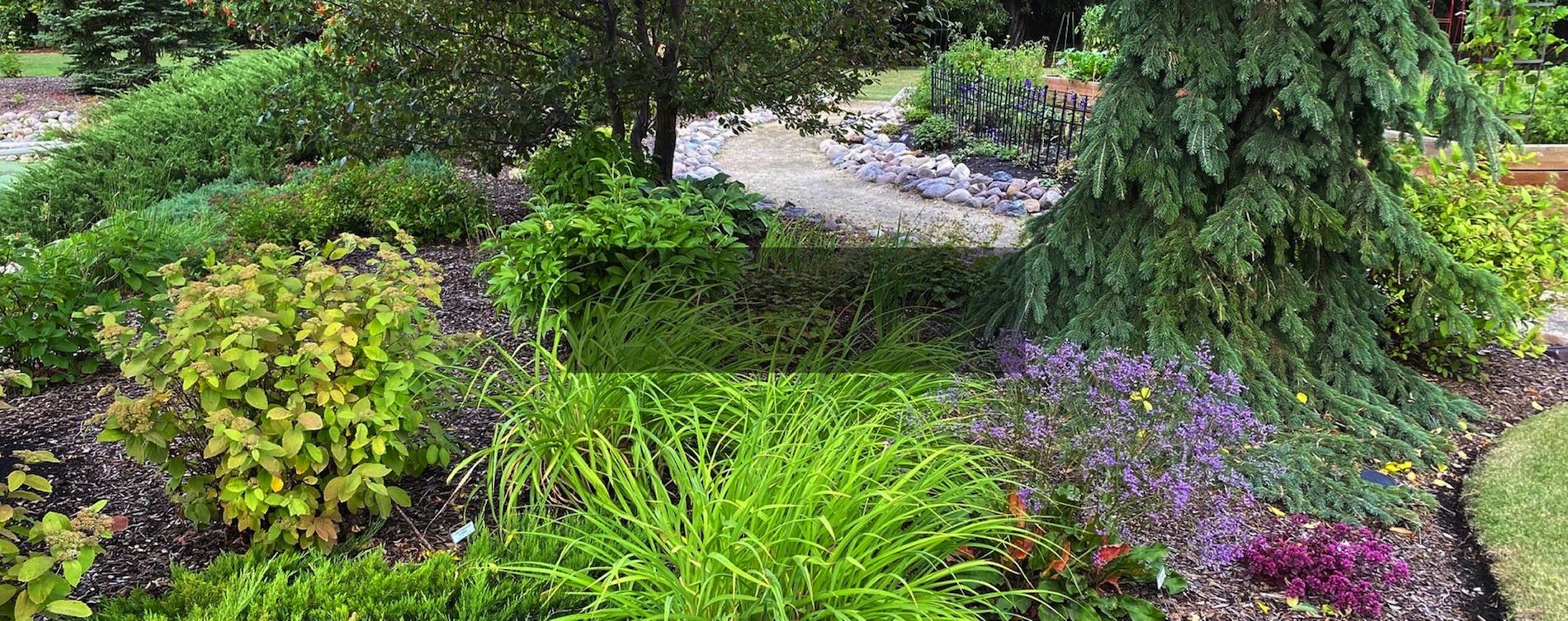What's Bugging Your Lawn

Fairy Ring
Plants Affected: Lawn
Symptons:
• Dead patches/horseshoes form in the lawn – fungus forms thick mat, preventing adequate moisture and nutrient absorption.
• Mushrooms may be seen—are fruiting spores of the fungus.
Life Cycle:
• Fungus produces spores, which are spread via rain, wind and mechanical tools (lawnmowers/aerators).
Cultural Control:
• Spike area with pitchfork, soak with soapy water – this ensures the lawn gets hydrated
• Dig out ring. Must dig deeply and 18” on either side of ring to get all fungus, and take caution not to get infected soil on lawn. Refill the area, and reseed lawn area.

Ants
Plants Affected: Lawn
Symptons:
• Ants are mostly beneficial, feeding on other insects and decomposing plant material. They do not feed directly on plants, but rather on plant debris, rotting wood. However, in great numbers, ants can disrupt turf with large hills
• Will see ants scurrying along, may see hills in lawn if population is high
Cultural Control:
• Try to locate the hill; if there’s not a clear sign of a hill, try to watch ant activity. You will see them coming and going from a general direction. Poke holes deep into turf in that area, and drench with an extensive amount of water
• Powder areas of activity heavily with diatomaceous earth
Chemical Control:
• Drench hills/tunnel areas with Malathion.
• Poke holes and inject with Doktor Doom Residual or Doktor Doom

Dew Worms
Plants Affected: Lawns
Symptoms: Large bumps in lawn, excavated clumps of dirt
Life Cycle: Overwinter in soil, mate in both spring and fall, lay eggs
Controls – Cultural or Non-chemical:
• Dethatch lawn every 2-3 years, aerate annually
• Topdress lawn with a generous amount of compost in late fall/early spring
• Maintain even lawn moisture (2.5cm every week), avoid overwatering lawns
• Apply a thick layer of sand on lawn, sand irritates worms and they will burrow deeper into soil (as opposed to disrupting thatch layer)
Controls – Chemical: Currently no registered controls

Sod Webworm
Plants Affected: Lawn
Symptoms:
• Small white moths flying in zig zag pattern -mostly at dusk
• Large infestations will produce yellow/brown spots up to the size of a softball
• To determine if worms are present, pour a soapy solution over the spot- worms will wriggle up to surface
Life Cycle:
• Overwinter as young larvae just under soil level. In spring feed on upper root systems, stems and blades of grass
• Pupate in May in underground cocoons, adults emerge in late May, depositing eggs which hatch in 7-10 days. Second generation of adults comes in August
• Most severe damage is July/August, when grass is not growing rapidly
Controls – Cultural or Non-chemical:
• Water lawns with a solution of beneficial nematodes
Controls – Chemical:
• BTK or Insecticidal Soap
• GrubBuster Nematodes

Moles/Voles
Plants Affected: Lawn
Symptoms: Hills/mounds in lawn and garden
Cultural Control: Mole/Vole traps; Molemover emits chatter sounds to keep moles away
Chemical Control: Giant Mole Destroyer Sulphur Cartridges; place in burrow and light





